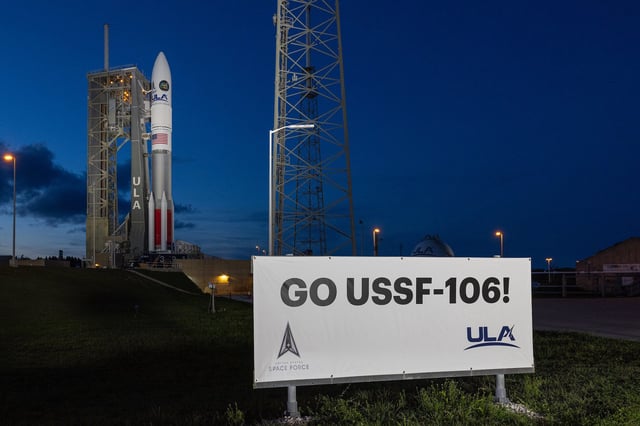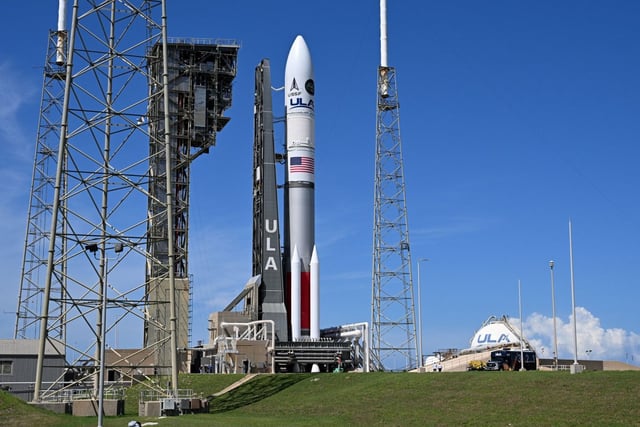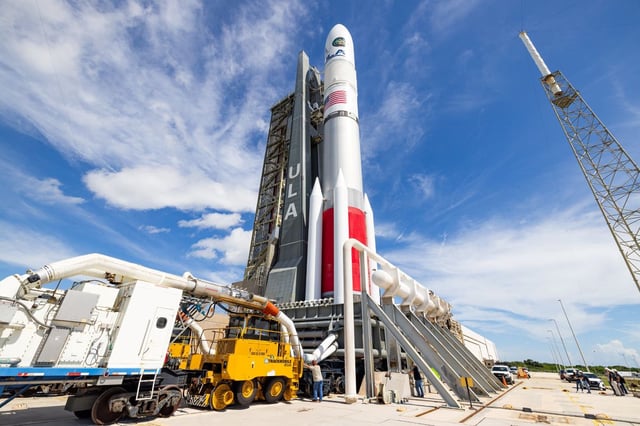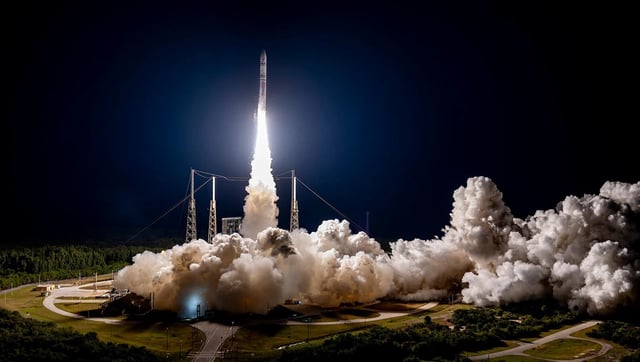Overview
- Vulcan Centaur is set to launch USSF-106 from Cape Canaveral on Aug. 12, marking its first mission under the Space Force’s National Security Space Launch program and its debut with four solid rocket boosters.
- ULA engineers say they have resolved the solid booster anomaly from Vulcan’s second test flight and conducted extensive validations of the corrective measures.
- The mission will deploy the Air Force Research Laboratory’s $250 million Navigation Technology Satellite-3 to geosynchronous orbit for more than 100 experiments in steerable phased arrays, anti-spoofing signals and on-orbit reprogrammability.
- Additional classified payloads are aboard USSF-106, though Space Force officials have declined to provide details on their nature or objectives.
- Mission success is critical for ULA to address a backlog of 25 national security launches assigned to Vulcan Centaur.



